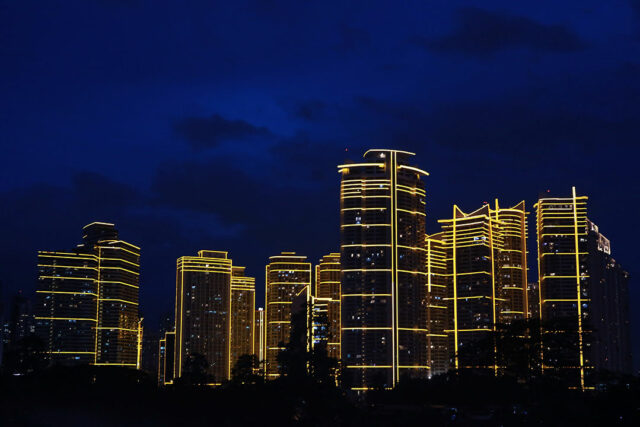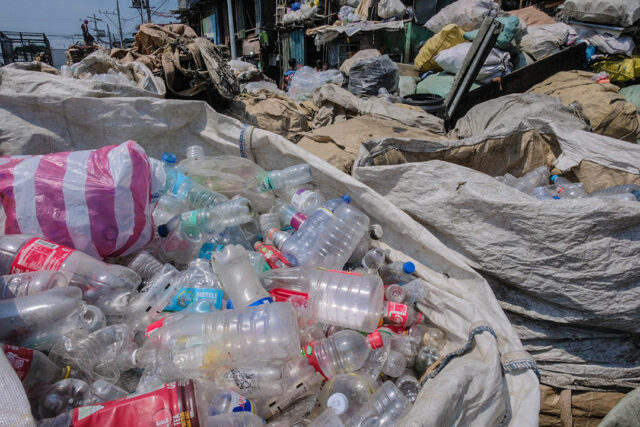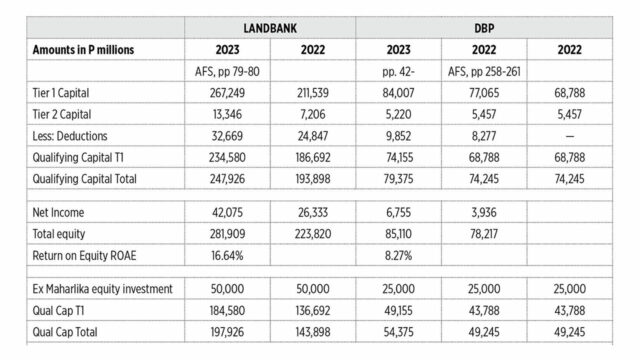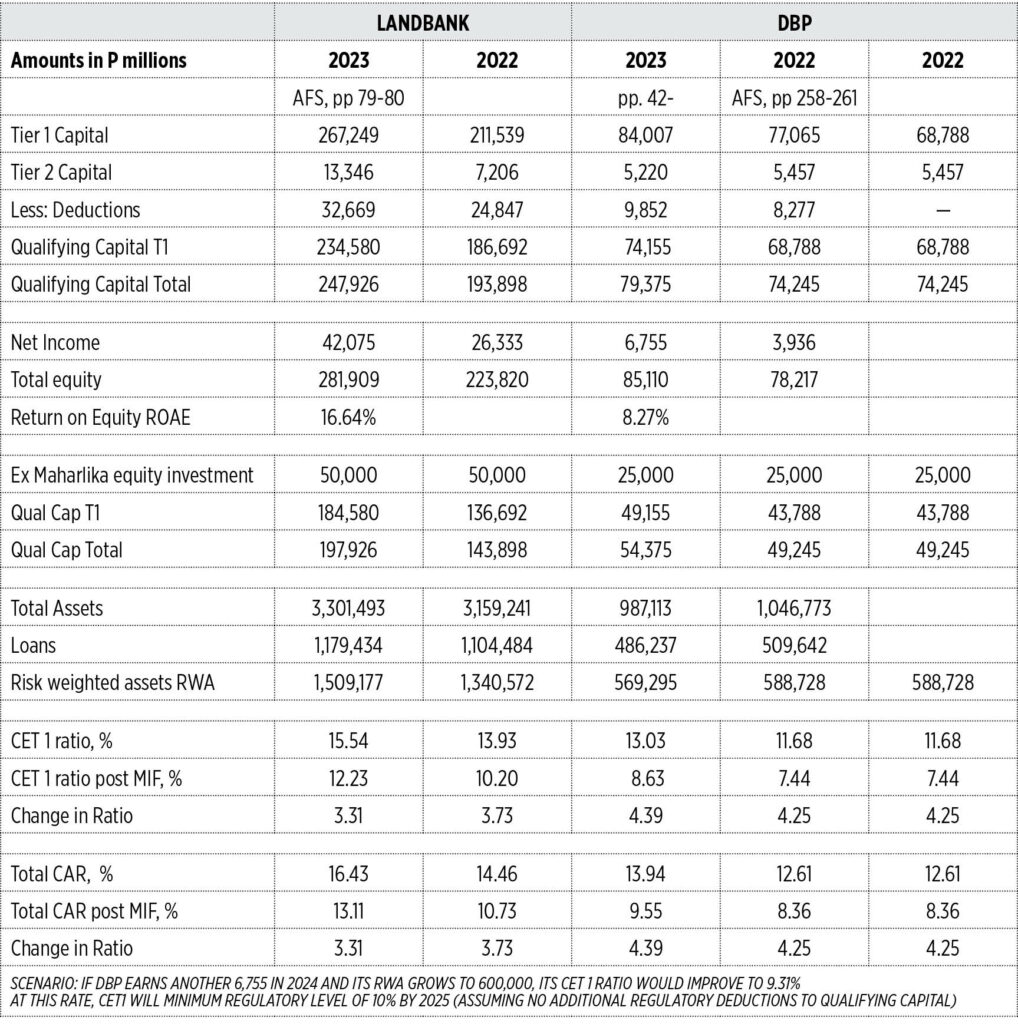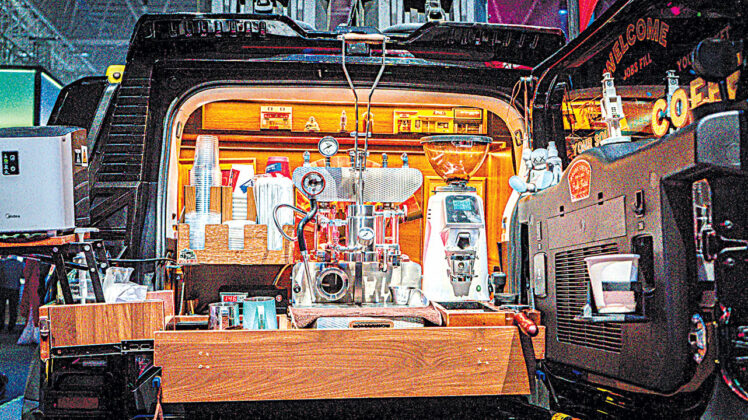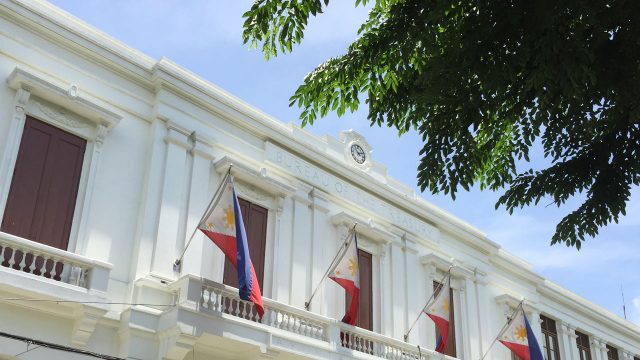Philippines’ top 1,000 firms post P17.8 trillion in revenues in 2023
By Lourdes O. Pilar, Researcher
THE TOP 1,000 corporations in the Philippines saw a 7.2% increase in combined revenues to P17.8 trillion in 2023, slowing from the previous year as elevated inflation weighed on economic activity.
The BusinessWorld Top 1000 Corporations in the Philippines report showed the firms’ aggregate gross revenue jumped by 7.2% in 2023 from P16.68 trillion posted in 2022.
The rate of increase was significantly slower than the 21.2% seen in the 2022 edition.
BusinessWorld defines gross revenue as the combination of net sales and nonoperating income.
Meanwhile, the top corporations’ combined net income rose by 13.3% to P2.04 trillion in 2023 from P1.8 trillion in 2022.
The financial performance of these large companies reflected the challenges faced by the Philippine economy in 2023.
Philippine gross domestic product (GDP) grew by 5.5% in 2023, slower than the 7.6% growth recorded in 2022, amid a drop in exports and state spending.
Inflation, which averaged 6% in 2023, also dampened consumer spending. Since May 2022, the central bank raised rates by a cumulative 450 basis points to 6.5% in October 2023.
On its 38th year, the BusinessWorld Top 1000 Corporations in the Philippines ranks private and public stock corporations based on gross revenue using the latest available full-year audited financial statements.
The latest edition of the Top 1000 had a gross revenue cutoff of P3.15 billion in 2023, 5.8% higher than the previous edition’s P2.98 billion.
Out of the 1,000 companies in the list, 683 posted higher gross revenues in 2023, 17.4% lower than the 827 companies in the previous year.
The report showed 591 companies saw net income growth in 2023, while 409 saw a decline in profit.
There were 58 firms that swung to a profit in 2023 after recording a net loss in the previous year, while 43 companies slumped to a net loss.
Meanwhile, 59 firms remained in the red.
Firms included in the Top 1000 list represented 18 out of the 21 major sectors under the 2009 Philippine Standard Industrial Classification (updated 2019).
Ten sectors reported at least double-digit gross revenue growth, with public administration and defense sector’s revenues jumping by 306.5% in 2023.
Meanwhile, the mining and quarrying sector’s revenues declined by 11.5% in 2023.
The manufacturing sector, which had 271 companies included in the list, accounted for 32.4% of the total gross revenue of the Top 1000 companies in 2023.
The services sector continued to be the main engine of Philippine economic growth, accounting for 55.2% of the aggregate gross revenue in 2023.
Multinational companies included in the Top 1000 list made P5.63 trillion, up 3.6% from the previous year. They accounted for 31.6% of the Top 1000’s gross revenues.
Exporting firms posted a 0.9% increase in revenues to P2.94 trillion, slowing from the 15% growth in the previous year. The sector accounted for 16.5% of the list’s total gross revenues.
In the latest edition, 35 corporations were first-time entrants, while 64 were returnees.
Petron Corp. maintained its status as the country’s top-grossing company in the Philippines in 2023, with P440.6 billion in gross revenue. It was up 0.4% from P438.87 billion the previous year.
The oil refiner and distributor also topped the list in terms of net sales with P435.96 billion. Petron’s net income rose by 151.7% to P6.38 billion, ranked 85th on the list.
Meralco came in second on the list, with gross revenue rising by 4.5% to P399.36 billion from P382.32 billion in 2022. It ranked second in net sales with P391.93 billion. The company posted a net profit of P28.33 billion in 2023, up by 30.6% from P21.69 billion in the previous year.
BDO Unibank, Inc. bagged the third spot as gross revenue jumped by 35.6% to P283.75 billion from P209.29 billion in 2022. The banking arm of the SM group ranked third in terms of net sales (P282.25 billion) and second in net income (P67.2 billion).
Also included in the top 10 were Shell Pilipinas Corp. (P256.2 billion in gross revenues); Toyota Motor Philippines Corp. (P216.18 billion); Mercury Drug Corp. (P193.92 billion); Philippine Airlines, Inc. (P183.63 billion); TI (Philippines), Inc. (P181.22 billion); Bank of the Philippine Islands (P166.92 billion); and Globe Telecom, Inc. (P157.04 billion).
The Top 1000 report has been providing a separate table to show how companies compare with each other on a consolidated basis.
With this consolidated table, readers will be able to see the impact of additional revenues coming from subsidiaries boosting a conglomerate’s rank.
Top Frontier Investment Holdings, Inc. and subsidiaries remained the largest conglomerate in the list of the top 200 conglomerates in 2023.
The holding company, which is the largest shareholder of San Miguel Corp. (SMC), posted P1.53 trillion in gross revenue in 2023, 3.4% lower from 2022. The conglomerate’s net income increased by 90.4% to P45.45 billion.
Listed diversified conglomerate SMC and its subsidiaries ranked second, with P1.53 trillion in gross revenues, down by 3.4% from P1.58 trillion in 2022.
Petron and its subsidiaries claimed the third spot with P804.97 billion in gross revenues, a 7% decrease year on year.
The rest of the top 10 conglomerates included SM Investments Corp. (P621.02 billion); Manila Electric Co. (P459.24 billion); San Miguel Food and Beverage, Inc. (P386.04); Ayala Corp. (P363.07 billion); Mermac, Inc. (P358.44 billion); JG Summit Holdings, Inc. (P349.26 billion); and Aboitiz Equity Ventures, Inc. (P345.15 billion).
The BusinessWorld Top 1000 Corporations in the Philippines can be purchased directly by reaching out to BusinessWorld’s Circulation Department at (+63 2) 8527-7777 locals 2651 to 2654 or via e-mail at circ@bworldonline.com. The portable document format (PDF) version will also be available for purchase at https://bworld-x.com/.

